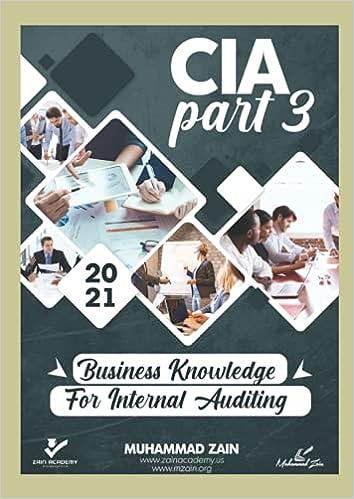

Sound Tek Inc. manufactures electronic stereo equipment. The manufacturing process includes printed circuit (PC) board assembly, final assembly, testing, and shipping. In the PC board assembly operation, a number of individuals are responsible for assembling electronic components into printed circuit boards. Each operator is responsible for soldering components according to a given set of instructions. Operators work on batches of 50 printed circuit boards. Each board requires 4 minutes of board assembly time. After each batch is completed, the operator moves the assembled boards to the final assembly area. This move takes 11 minutes to complete. The final assembly for each stereo unit requires 21 minutes and is also done in batches of 50 units. A batch of 50 stereos is moved into the test building, which is across the street. The move takes 20 minutes. Before conducting the test, the test equipment must be set up for the particular stereo model. The test setup requires 30 minutes. The units wait while the setup is performed. In the final test, the 50-unit batch is tested one at a time. Each test requires 9 minutes. The completed batch, after all testing, is sent to shipping for packaging and final shipment to customers. A complete batch of 50 units is sent from testing to shipping. The Shipping Department is located next to testing. Thus, there is no move time between these two operations. Packaging and labeling requires 10 minutes per unit. 1. Determine the amount of value-added and non-value-added lead time and the value-added ratio in this process for an average stereo unit in a batch of 50 units. Categorize the non-value-added time into wait and move time. Round the percentage to one decimal place. Value-added lead time 40 X min. Non-value-added lead time: Wait time lead time 1,990 X min. Move time lead time 32 X min. Total non-value-added lead time 2,022 X min. Total lead time 2,062 X min. Value-added ratio (as a percent) 1.9 % 2. Move time in this process could best be reduced by: a. Doing nothing. b. Changing the layout from process orientation to a product orientation. c. Increasing batch sizes. d. Eliminating the testing step. e. Hiring more workers. b Process Activity Analysis The Brite Beverage Company bottles soft drinks into aluminum cans. The manufacturing process consists of three activities: 1. Mixing: water, sugar, and beverage concentrate are mixed. 2. Filling: mixed beverage is filled into 12-oz. cans. 3. Packaging: properly filled cans are boxed into cardboard "fridge packs." The activity costs associated with these activities for the period are as follows: Mixing $705,000 Filling 626,000 Packaging 209,000 Total $1,540,000 The activity costs do not include materials costs, which are ignored for this analysis. Each can is expected to contain 12 ounces of beverage. Thus, after being filled, each can is automatically weighed. If a can is too light, it is rejected, or "kicked," from the filling line prior to being packaged. The primary cause of kicks is heat expansion. With heat expansion, the beverage overflows during filling, resulting in underweight cans. This process begins by mixing and filling 11,440,000 cans during the period, of which only 11,000,000 cans are actually packaged. 440,000 cans are rejected due to underweight kicks. A process improvement team has determined that cooling the cans prior to filling them will reduce the amount of overflows due to expansion. After this improvement, the number of kicks is expected to decline from 440,000 cans to 110,000 cans, thus increasing the number of filled cans to 11,330,000 [11,000,000 + (440,000 110,000)]. a. Determine the total activity cost per packaged can under present operations. Round to the nearest cent. per can b. Determine the amount of increased packaging activity costs from the expected improvements. c. Determine the expected total activity cost per packaged can after improvements. Round to three decimal places. per can








